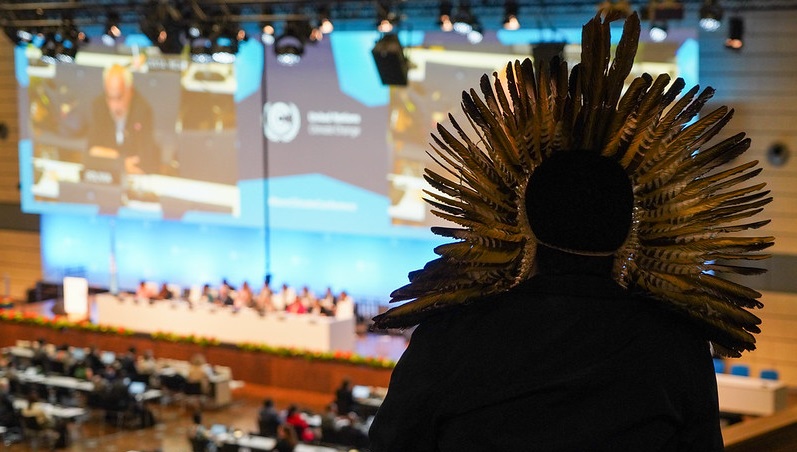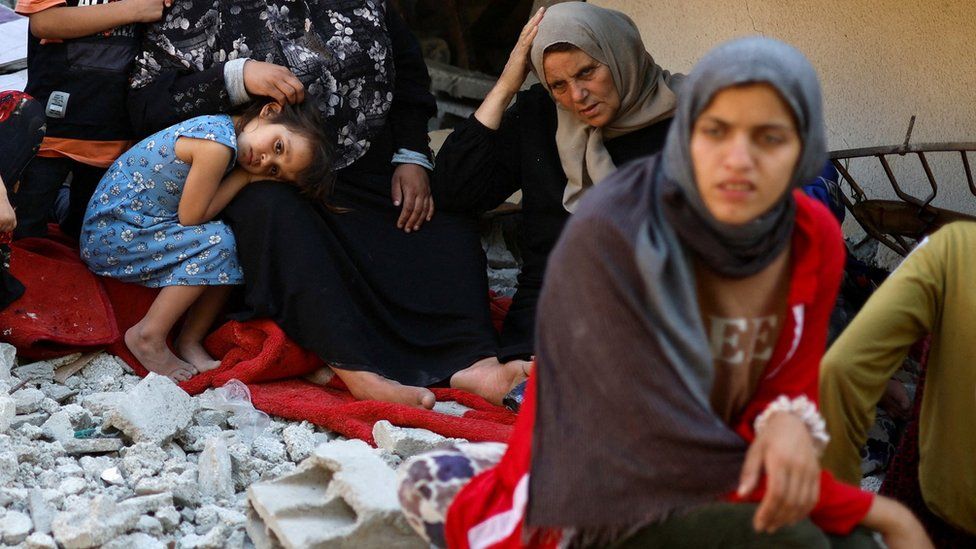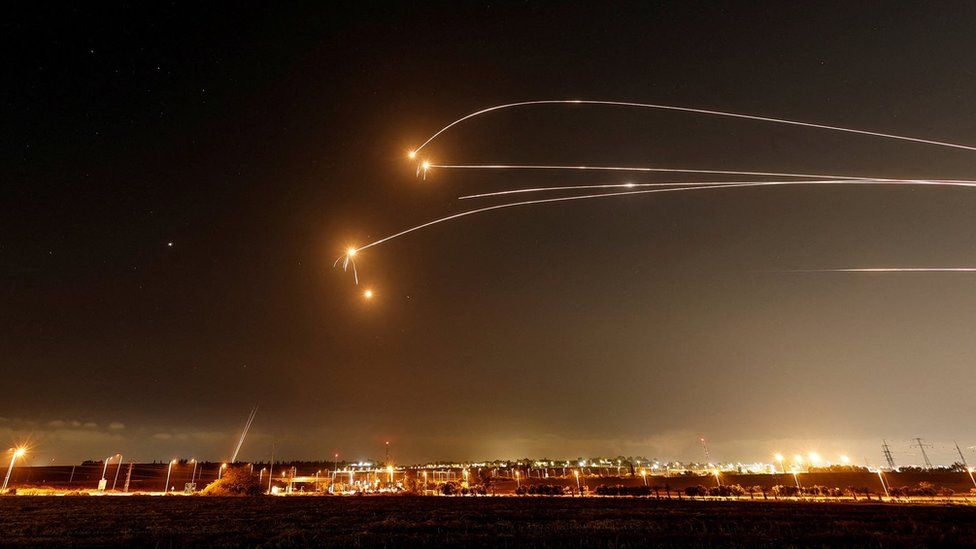A surge in manufacturing construction across the country is grabbing the attention of economists and workers on the ground as legislative efforts to reinvigorate the U.S. industrial base are bearing fruit.
Experts say these changes have been long-awaited, and they represent a watershed moment for U.S. heavy industry and a shift toward more environmentally friendly methods of production amid an ongoing climate emergency.
“We waited for so long to have these kinds of initiatives,” Miki Banu, a professor of mechanical engineering at the University of Michigan, told The Hill. “This is probably the first time in my life when I’ve seen so many resources become available, which are able to let us put our ideas into practice.”
Annual spending on manufacturing construction held somewhat steady during the 2010s, generally keeping within the range of $50 billion to $80 billion, according to U.S. Census Bureau data. Levels were lower and the range of spending tighter in the decade before.
But following the passage of three large-scale economic packages loaded with tax incentives and direct funding for industrial projects and operations, investment in manufacturing construction shot up to $189 billion in April on a seasonally adjusted basis, more than doubling pre-pandemic levels.
Factory boom sets off hiring frenzy
According to new experimental data from the Census Bureau, the construction build-out has happened especially fast in the Mountain division of the West region in the country, which includes states like Utah, Colorado and New Mexico. The South Central divisions, which is where the most manufacturing construction happens in the U.S., have also seen a marked rise.
Construction workers say there is more manufacturing activity happening in these regions than they’re currently prepared to handle.
“Honest to goodness, [the top of my agenda] is finding and training qualified manpower, because that’s what’s needed. We don’t have enough,” Courtenay Eichhorst, president of the New Mexico Building and Construction Trades Council, told The Hill.
“If somebody tells me they need a welder who can do X, Y and Z right now in the state of New Mexico, everybody that has those qualifications is already working.”
Eichhorst said he was working to meet the demands of companies including Facebook and Intel, as well the Sandia and Los Alamos national laboratories.
Big federal investments are paying off
The 2021 Bipartisan Infrastructure Law along with the Inflation Reduction Act (IRA) and CHIPS and Science Act, both passed in 2022, are the main drivers behind the construction boom, economists say.
A portfolio of 21 manufacturing and recycling projects for the battery industry funded by $2.8 billion from the Bipartisan Infrastructure Law and administered by the Department of Energy shows the kinds of facilities that are being primed for additional capital expenditures.
“The Inflation Reduction Act’s advanced manufacturing tax incentives provide a long-term investment signal for critical mineral processing and battery production, and the structure of the [IRA’s] tax credits for electric vehicles depends on domestic assembly and domestic batteries,” Trevor Higgins, a vice president at the Center for American Progress, a Washington think tank, testified to Congress earlier this year.
The incentives to reshape industrial production and operation in the U.S. included in the various legislative packages go beyond plant construction and are aimed at retrofitting existing technology pipelines and processes to make them better for the environment.
Heating and cooling systems in commercial and residential buildings that eliminate natural gas are one such area of focus. Technicians and construction workers who can help building owners secure federal rebates offered in the IRA are also in critically high demand.
“The Inflation Reduction Act has a huge part that focuses on heat pump systems,” Joan Baker, the political affairs director of the United Association Local 412 plumbers and pipefitters union in New Mexico, told The Hill.
“As far as heating, cooling and ventilation technicians go, we in New Mexico have been in a pinch for those particular trades,” Baker said.
Domestic manufacturing plays key foreign policy role
Initiatives to reshore U.S. manufacturing jobs in the wake of geopolitical tensions fanned by the coronavirus pandemic have been a key focus for senior Biden administration officials.
This has been especially true for the semiconductor industry, which experienced a major shortage following the pandemic. The semiconductor industry’s concentration in traditional East Asian manufacturing hubs like Taiwan helped to spur the passage of the CHIPS Act over concerns about the territorial ambitions of China, the U.S.’s main economic rival.
But even larger-scale trends in the international economy and growing dissatisfaction with global trade may be providing tailwinds to the U.S. construction manufacturing bonanza.
A speech in April by national security adviser Jake Sullivan revisited the theme of “industrial policy” — a term that went out of fashion in the 1990s as free trade agreements starting with NAFTA and culminating in the World Trade Organization (WTO) stepped into the limelight.
“We are not walking away from the WTO, but the WTO needs fundamental reform to account for … the presence of this massive non-market economy that just has a different structure to it,” Sullivan said, referring to China. “We can’t wait for WTO reform. We have to be pursuing a range of other strategies to deal with the fact of China as it is.”
While the manufacturing construction boom may hearken to the era of U.S. industrial policy, it’s too soon to declare a fundamentally new direction for the U.S. economy, which is still overwhelmingly service-based.
More than 71 percent of nonfarm payrolls are held by private service-providing employees, with the biggest subdivisions including transportation and warehousing, health care, retail and professional services. Manufacturing accounts for less than 10 percent of the U.S. workforce, down from more than a quarter in 1970.
It’s also too soon to assess the impact of the new production methods on the destruction of Earth’s climate, which grows increasingly urgent and multivariate. Phenomena including mass extinction, deforestation and land degradation, rising global temperatures, extreme weather events, mass migration and human displacement, and entrenched pollution are all factors raising tough questions for all industries.
Whether industrial production writ large can be reconciled with the long-term health of the climate has yet to be demonstrated at scale, but economists are hopeful.
“I think it’s not a conflict if it’s developed in a smart way,” the University of Michigan’s Banu said. “If smart businesses can realize that expanding their manufacturing products and bringing in underdeveloped areas into the process chain — this will help.”








 IMAGE SOURCE,GETTY IMAGESImage caption,
IMAGE SOURCE,GETTY IMAGESImage caption,


